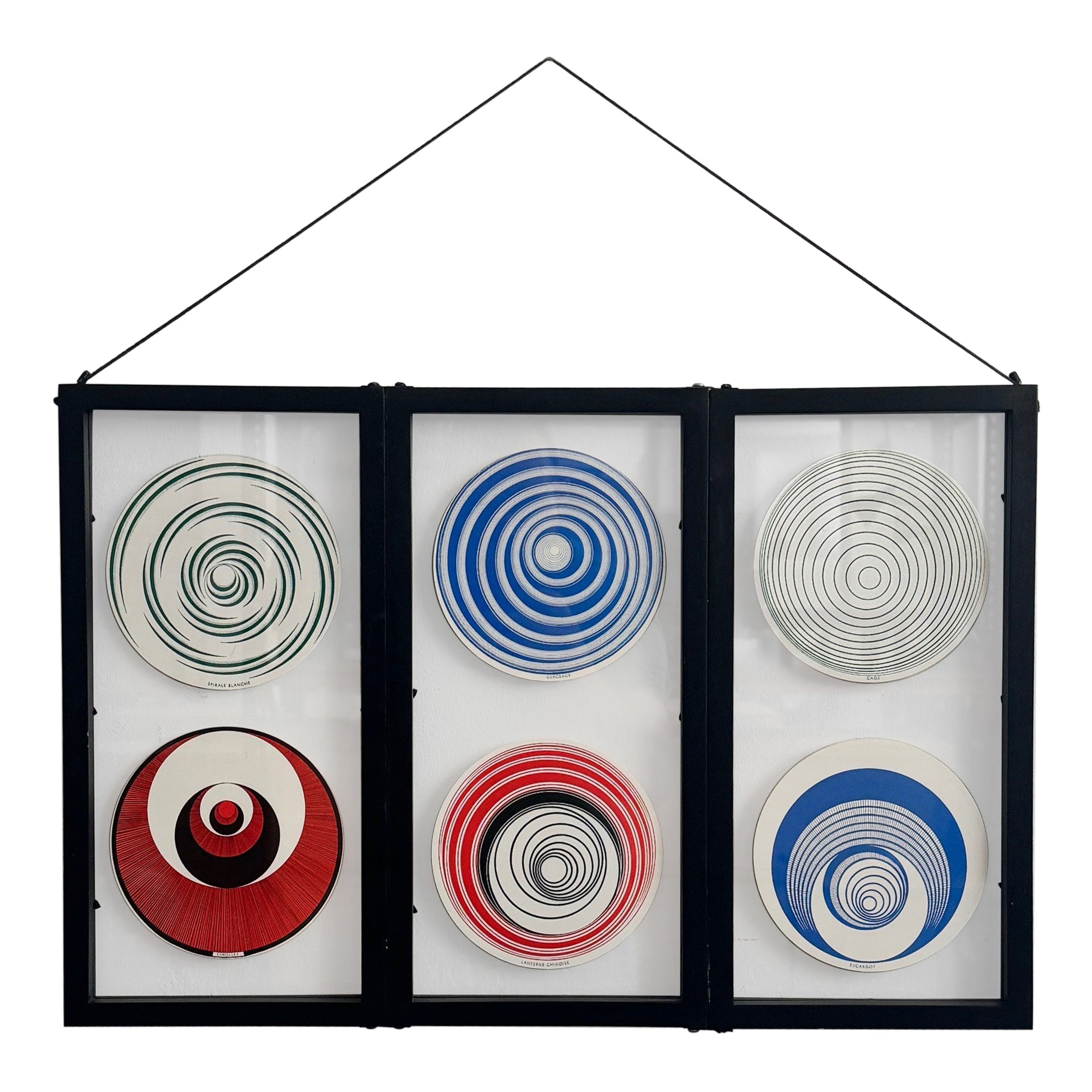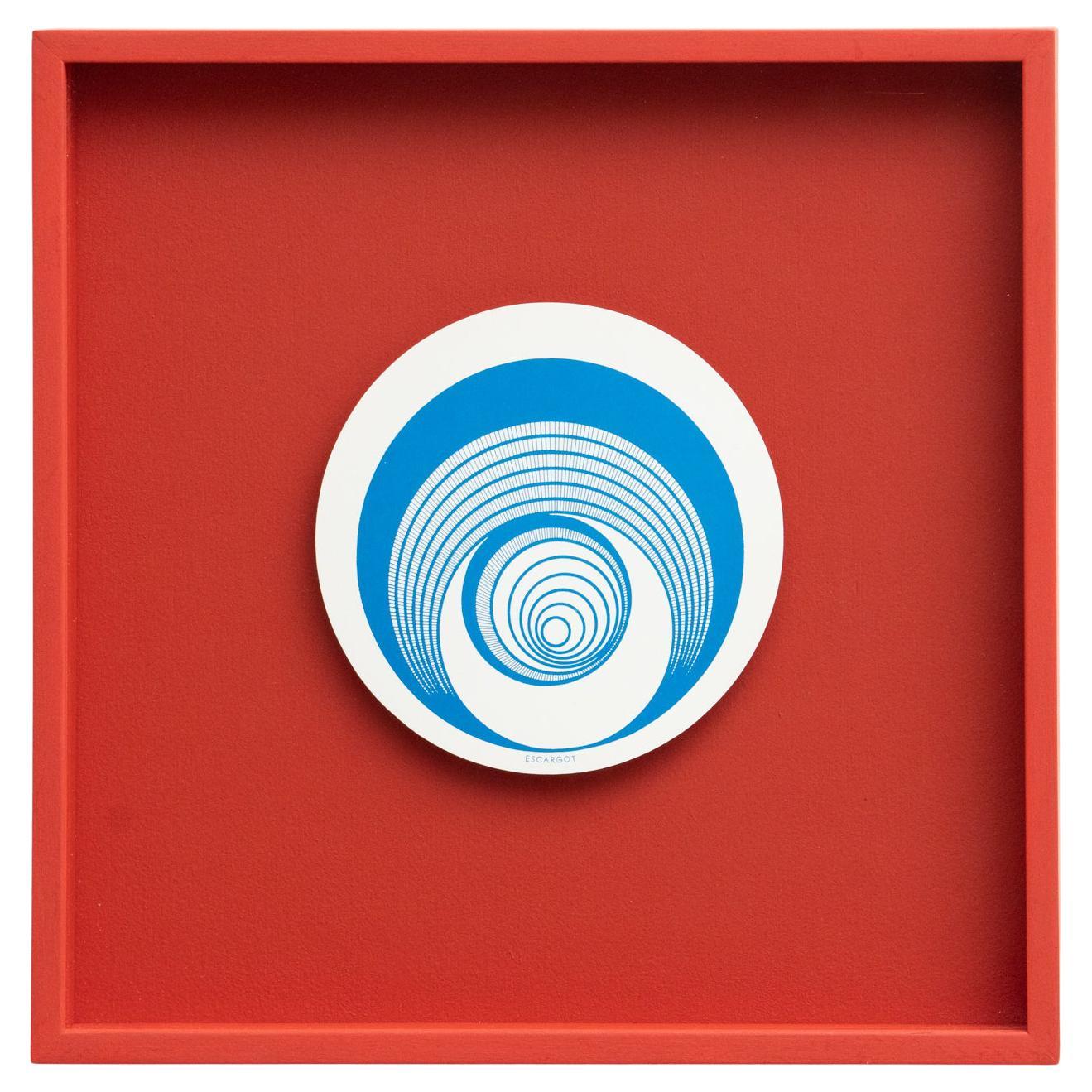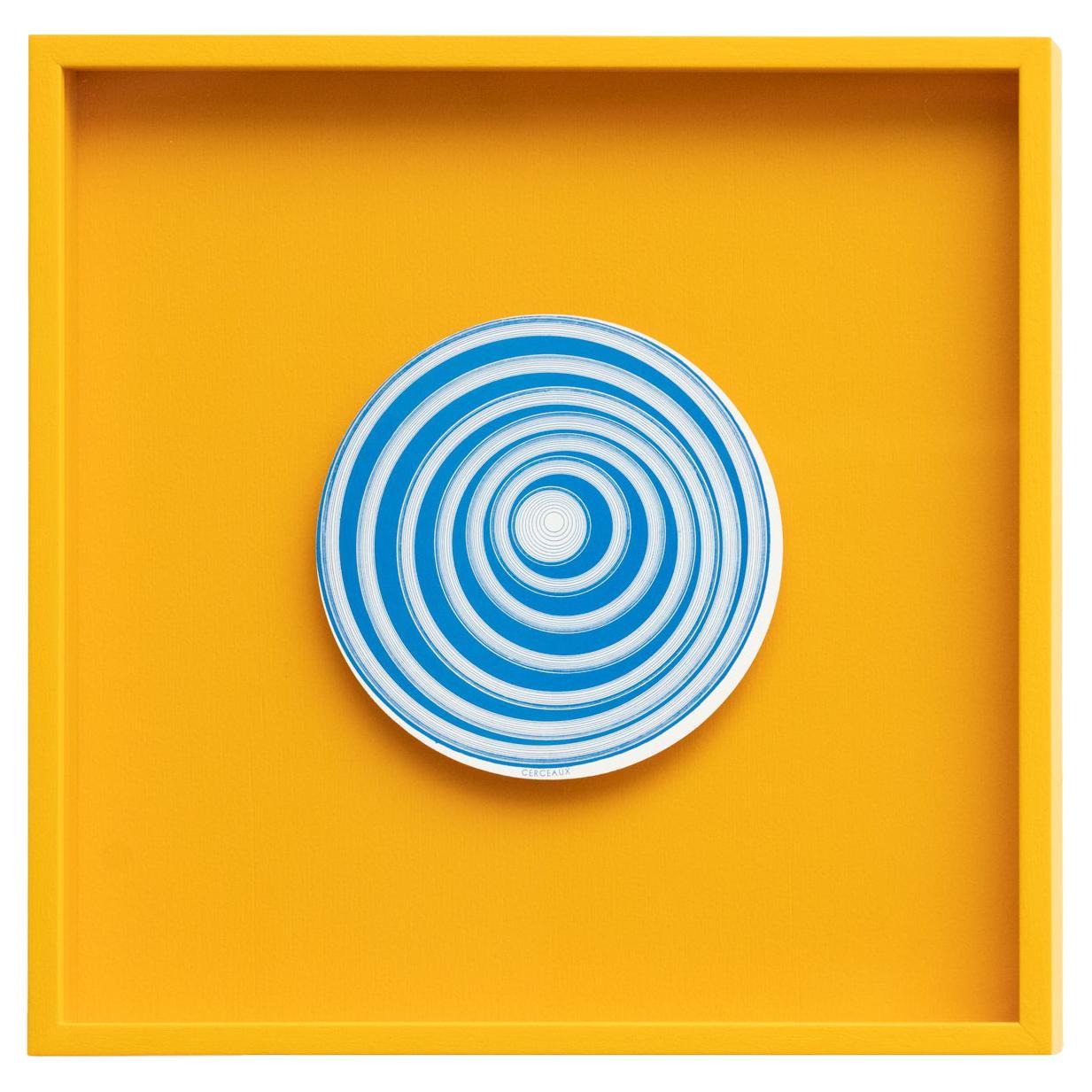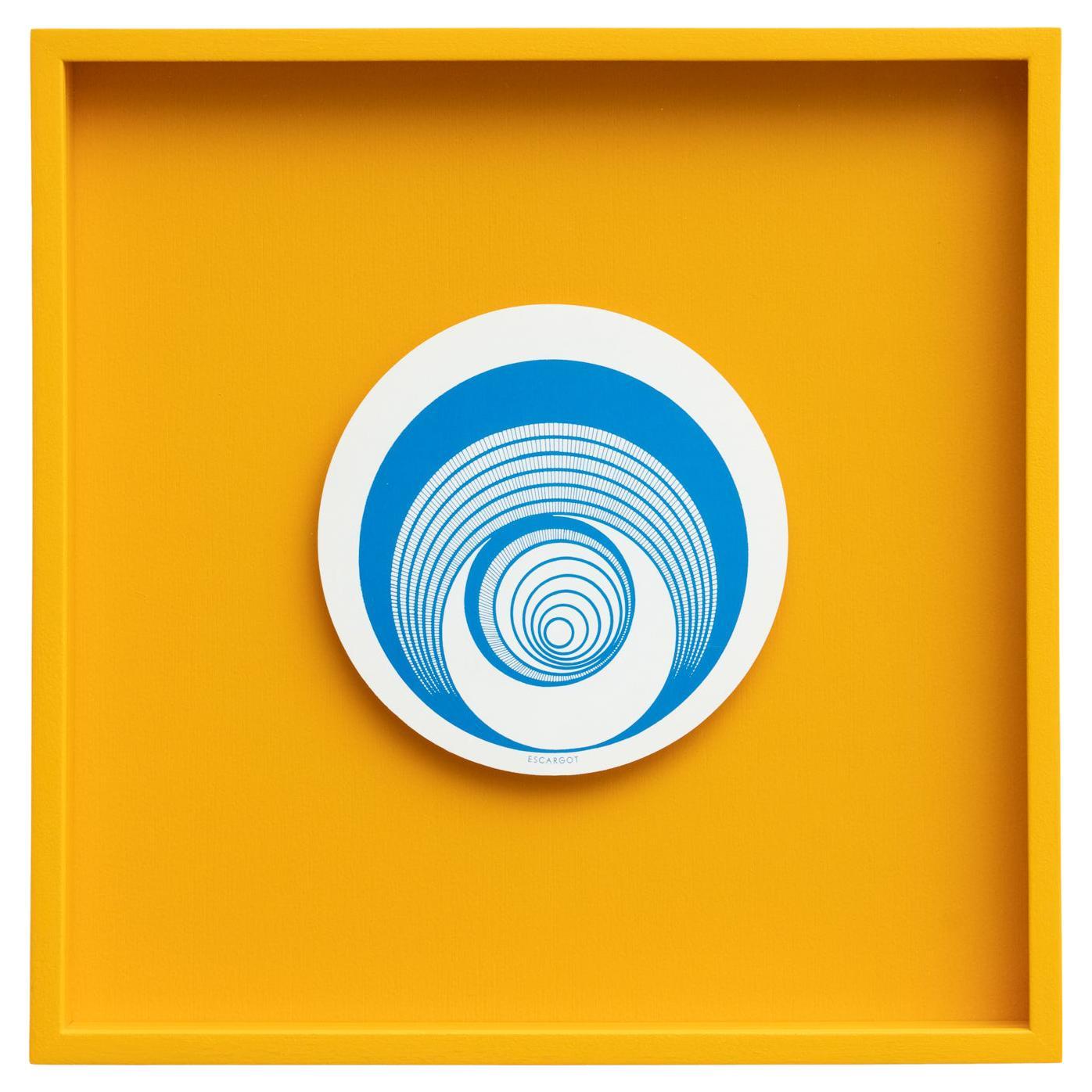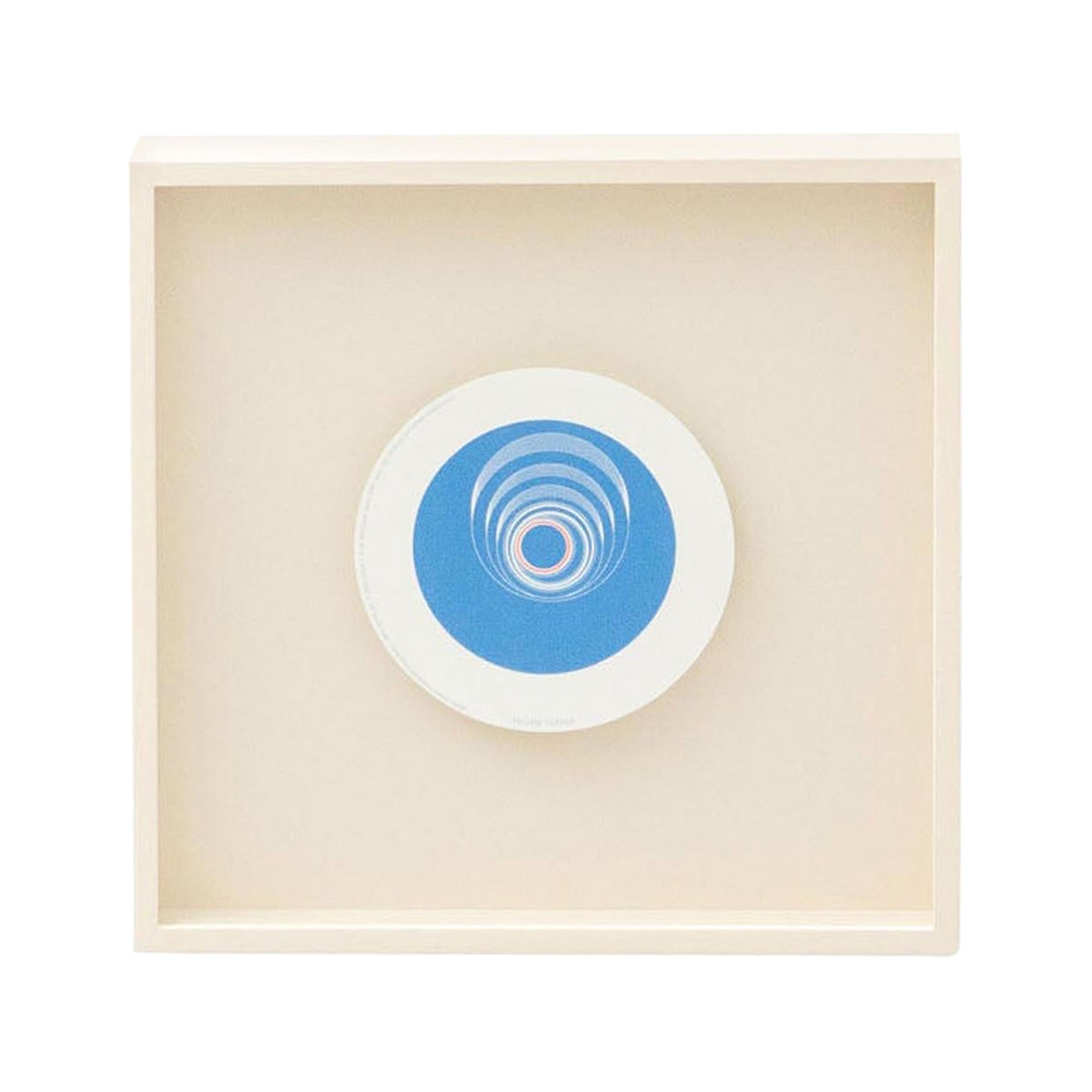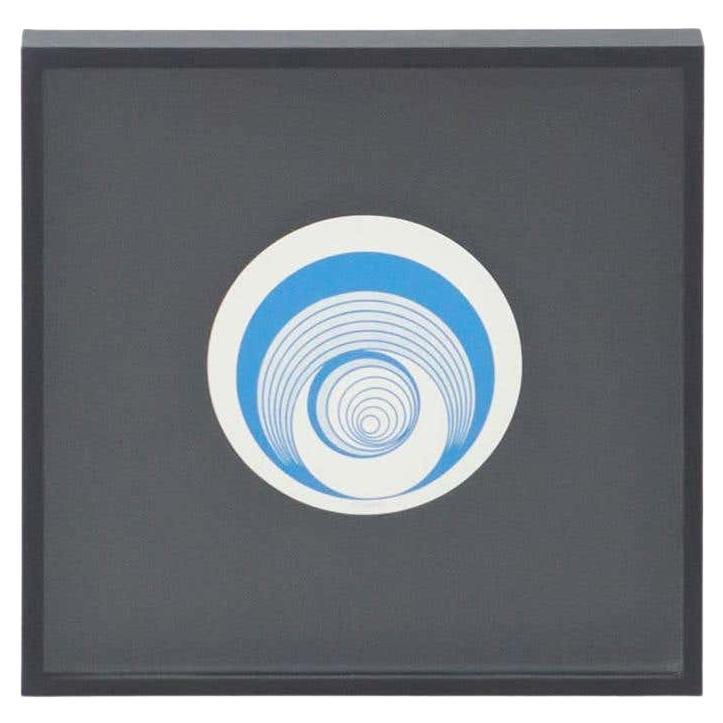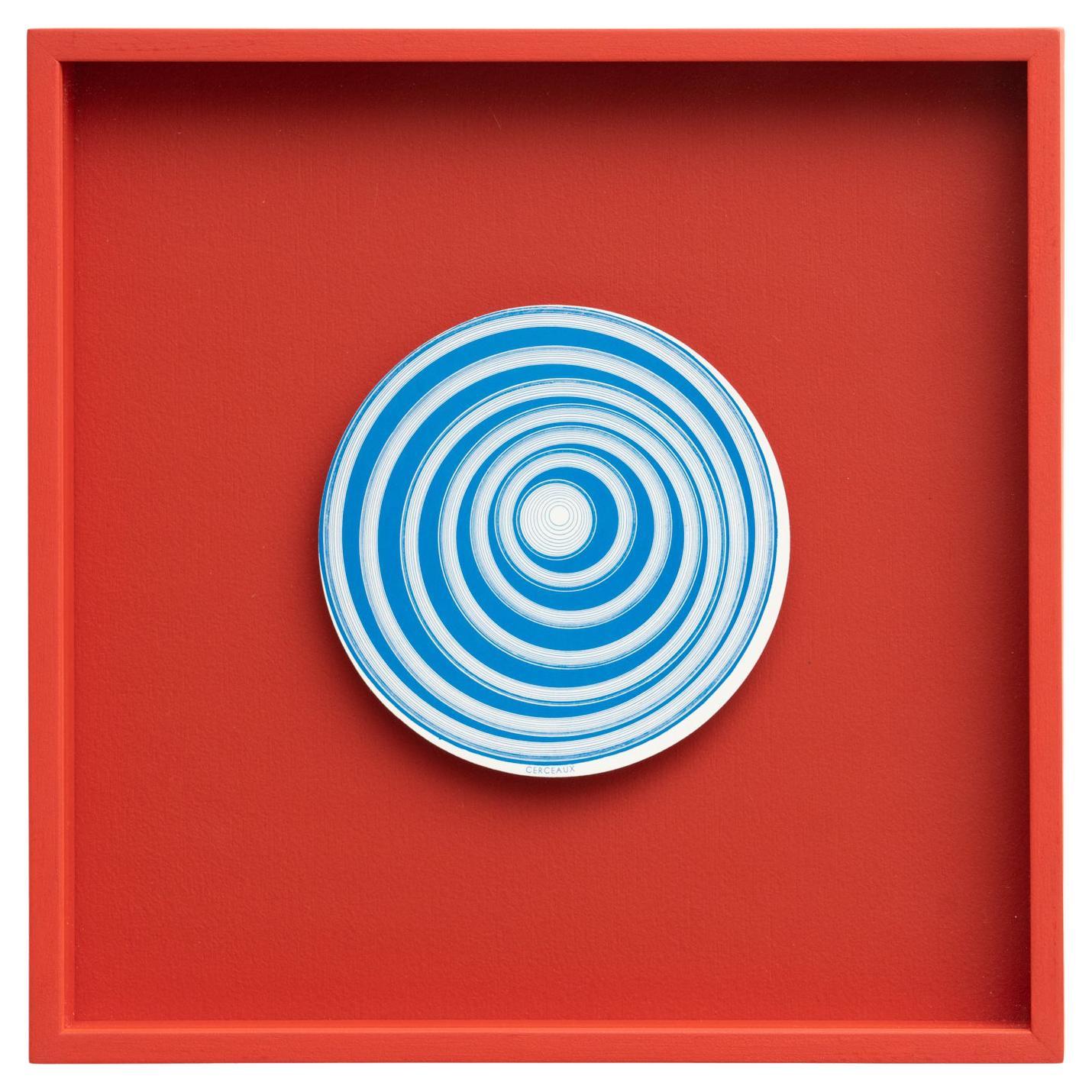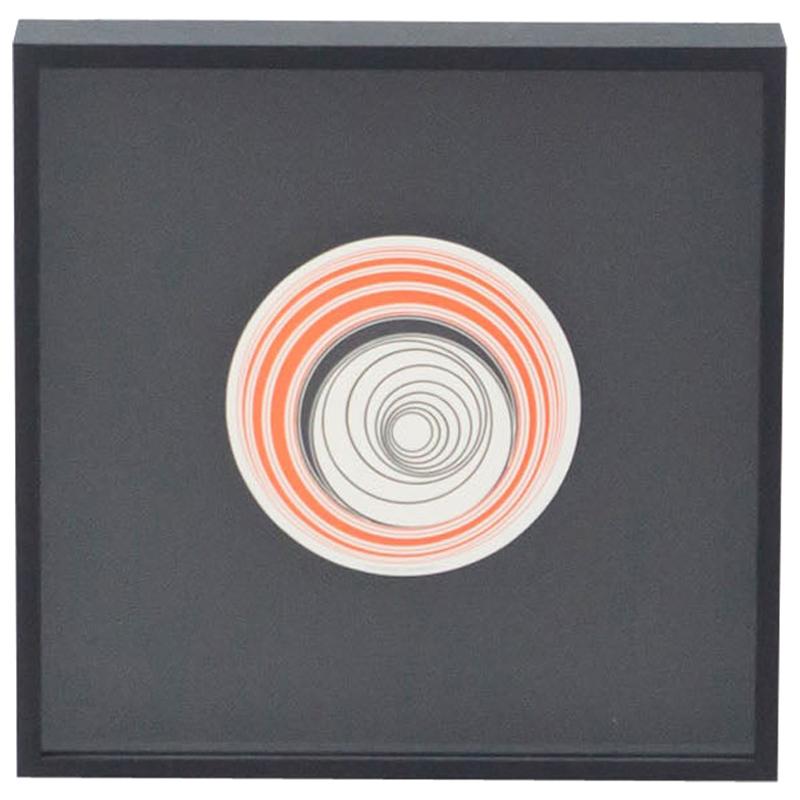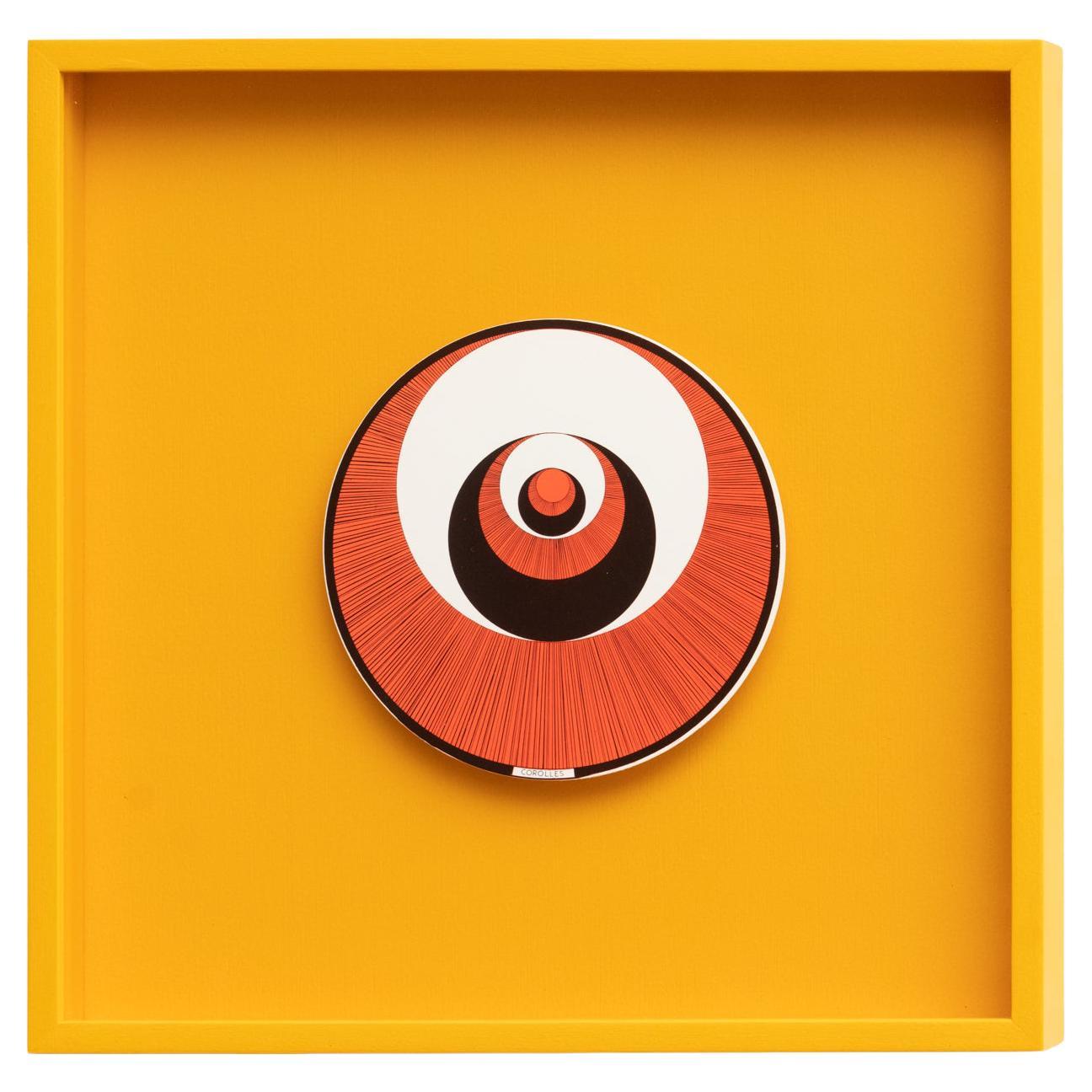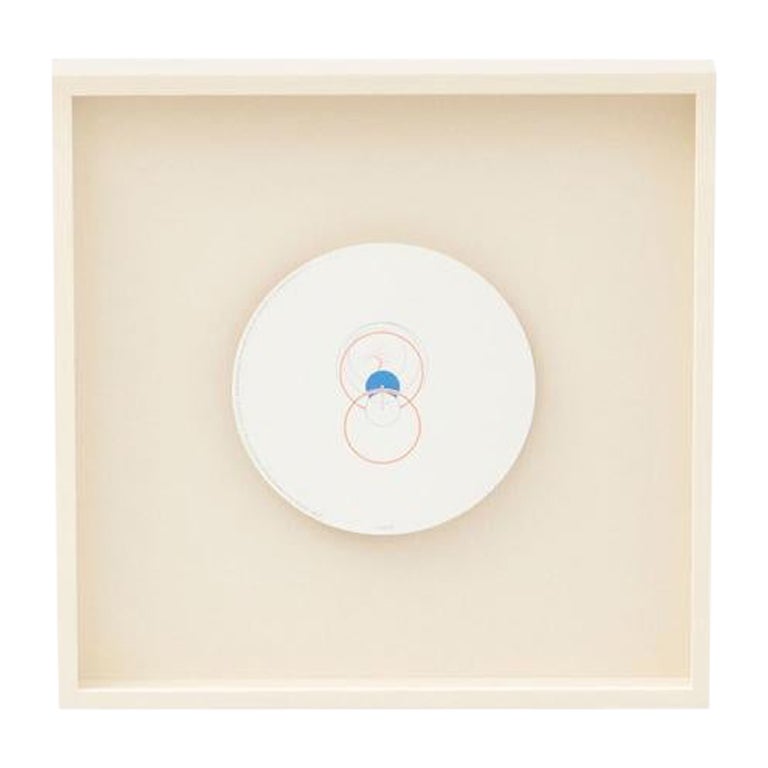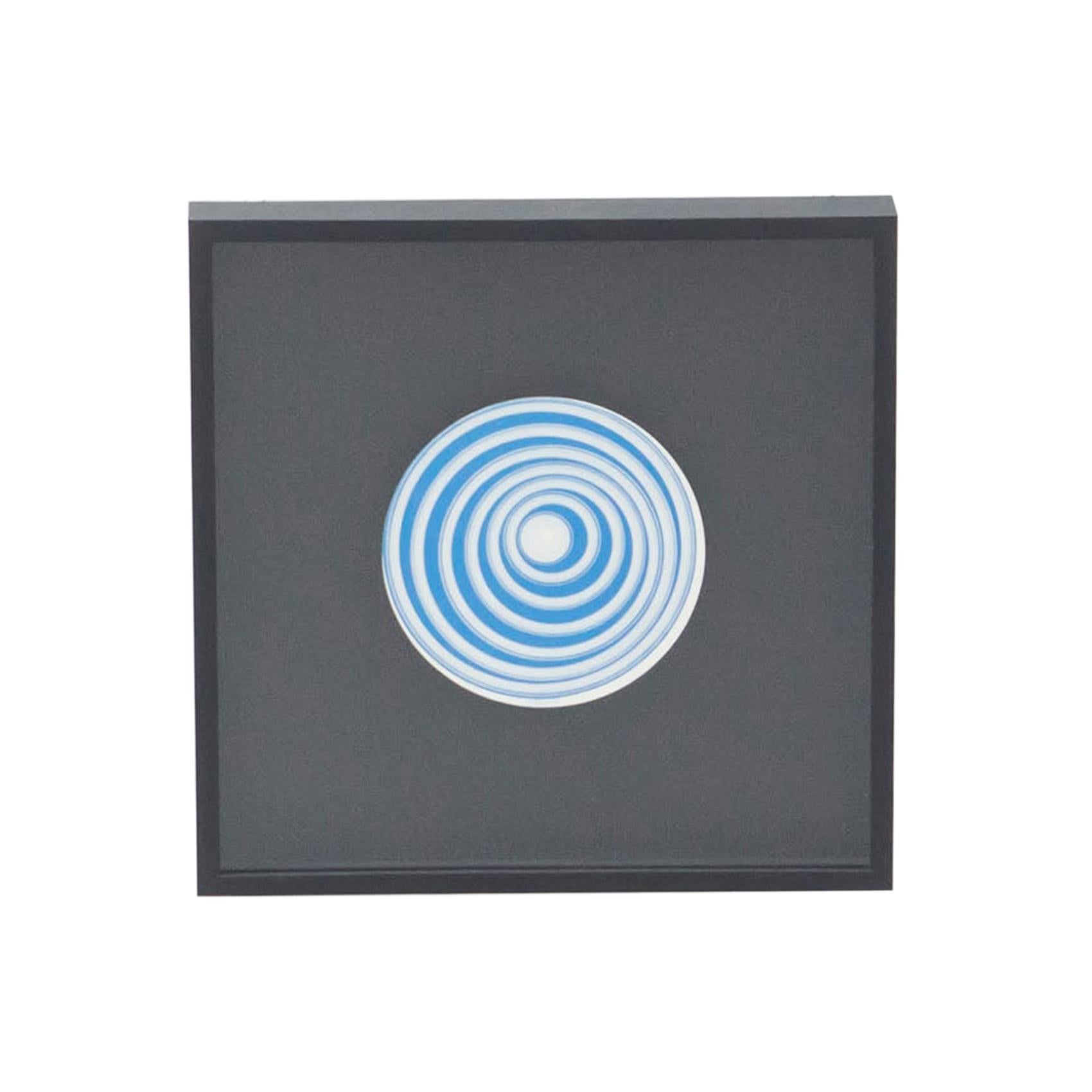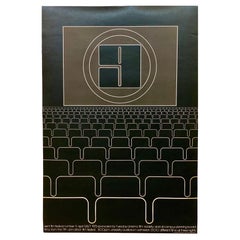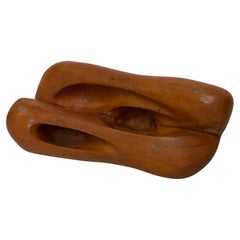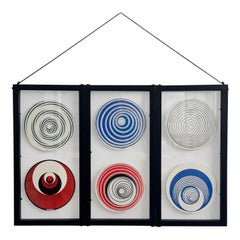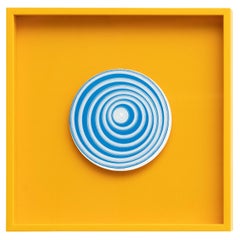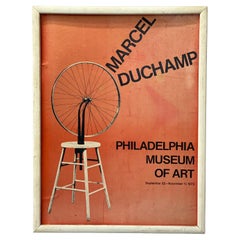
Marcel Duchamp Dada Bicycle Wheel Exhibition Poster, Philadelphia MOA 1973
View Similar Items
Marcel Duchamp Dada Bicycle Wheel Exhibition Poster, Philadelphia MOA 1973
About the Item
- Creator:Marcel Duchamp (Artist)
- Dimensions:Height: 25.25 in (64.14 cm)Width: 819.25 in (2,080.9 cm)Depth: 1 in (2.54 cm)
- Style:Other (Of the Period)
- Materials and Techniques:
- Place of Origin:
- Period:
- Date of Manufacture:Circa 1973
- Condition:Wear consistent with age and use. Minor fading. The piece is in fair condition with fading and some staining to the image due to sunlight and not being under glass. Uneven background color. Some creasing and lifting of image (see photos). No visible rips, tears or restorations.
- Seller Location:Garnerville, NY
- Reference Number:Seller: AR2.3.25.11stDibs: LU1236243446852
Marcel Duchamp
Marcel Duchamp was a French artist whose work is most often associated with the Dadaist and Surrealist movements. His output influenced the development of post-World War I Western art. Duchamp advised modern art collectors such as Peggy Guggenheim and other prominent figures, thereby helping to shape the tastes of Western art during this period.
A playful man, Duchamp challenged conventional thought about artistic processes and art marketing, not so much by writing but through subversive actions such as dubbing a urinal "art" and naming it Fountain. He produced relatively few artworks, while moving quickly through the avant-garde circles of his time.
“All in all, the creative act is not performed by the artist alone; the spectator brings the work in contact with the external world by deciphering and interpreting its inner qualifications and thus adds his contribution to the creative act,” said Duchamp.
Born on July 28, 1887, in Blainville, brother of the artist Raymond Duchamp-Villon and the painter Jacques Villon, Duchamp began to paint in 1908. After producing several canvases in the current mode of Fauvism, he turned toward experimentation and the avant-garde, producing his most famous work, Nude Descending a Staircase (No. 2) in 1912. Portraying continuous movement through a chain of overlapping Cubistic figures, the painting caused a furor at New York City's famous “Armory Show” in 1913.
Duchamp painted very little after 1915, although he continued until 1923 to work on his masterpiece, The Bride Stripped Bare by Her Bachelors, Even, an abstract work, also known as The Large Glass — composed in oil and wire on glass — that was enthusiastically received by the Surrealists.
In sculpture, Duchamp pioneered two of the main innovations of the 20th-century kinetic art and ready-made art. His "ready-mades" consisted simply of everyday objects, such as a urinal and a bottle rack. His Bicycle Wheel, an early example of kinetic art, was mounted on a kitchen stool.
After his short creative period, Duchamp was content to let others develop the themes he had originated; his pervasive influence was crucial to the development of Surrealism, Dada and Pop art.
Duchamp became an American citizen in 1955. He died in Paris on October 1, 1968.
Find a collection of authentic Marcel Duchamp prints, photography and other art on 1stDibs.
(Biography provided by David Barnett Gallery)
More From This Seller
View AllVintage 1970s American Post-Modern Posters
Paper
Vintage 1970s Italian Post-Modern Paintings
Canvas, Paint
Vintage 1970s American Organic Modern Abstract Sculptures
Birch, Maple
Vintage 1940s French Other Prints
Paper
1990s American Other Paintings
Paint, Paper
Late 20th Century French Other Barware
Crystal
You May Also Like
Early 2000s French Mid-Century Modern Prints
Paper
Vintage 1980s French Mid-Century Modern Prints
Paper
Vintage 1980s French Mid-Century Modern Prints
Paper
Vintage 1980s French Mid-Century Modern Prints
Paper
Vintage 1980s French Mid-Century Modern Prints
Paper
Vintage 1980s French Mid-Century Modern Prints
Paper
